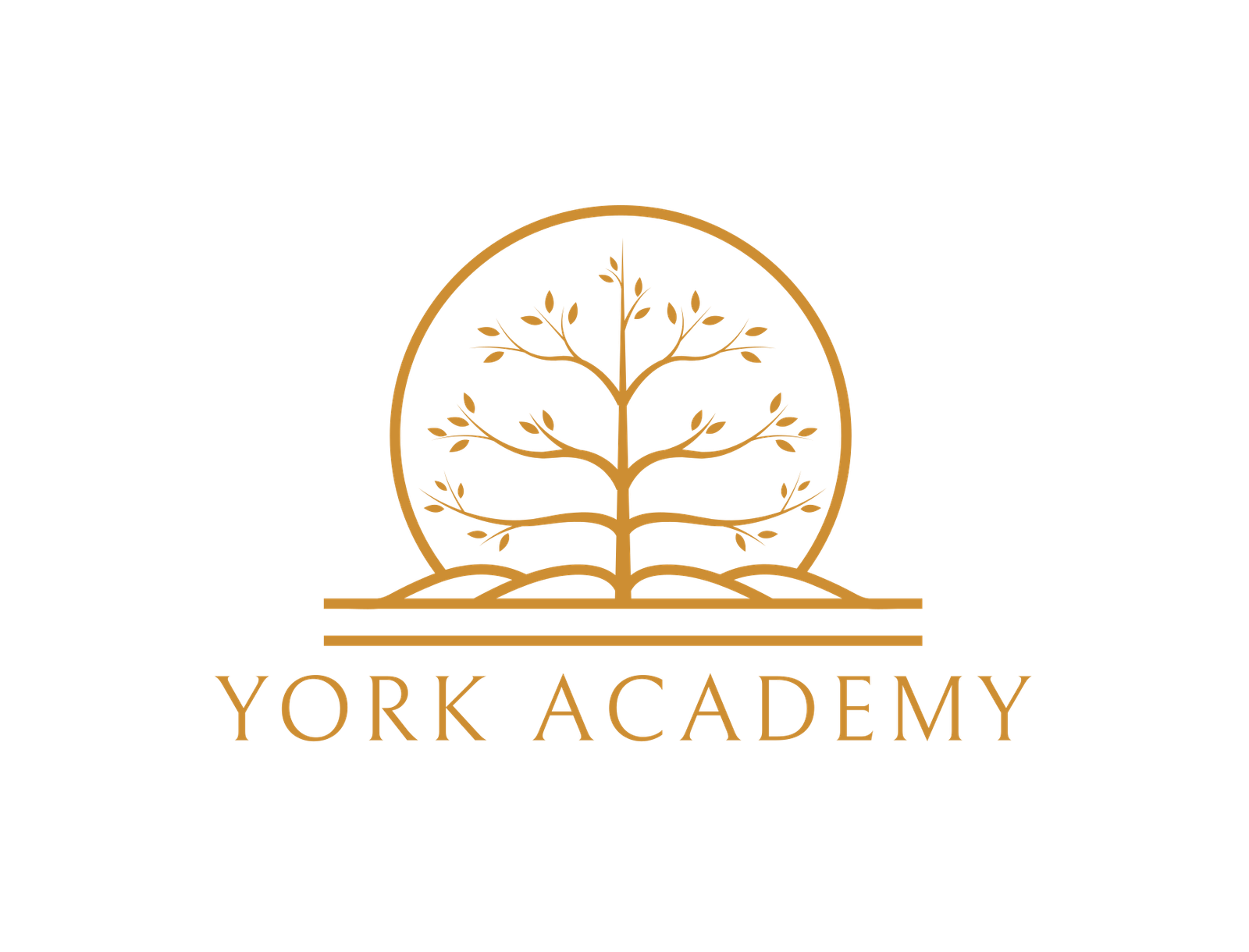Although it is argued that much of the ‘‘established wisdom’’ about the eVects of political institutions is very fragile (Rothstein 1996, 155), scholars who deal with
political institutions are generally less concerned with whether institutions matter, than to what extent, in what respects, through what processes, under what condi- tions, and why institutions make a diVerence (Weaver and Rockman 1993; Egeberg 2003, 2004; Orren and Skowronek 2004). In this tradition, institutions are imagined to organize the polity and to have an ordering eVect on how authority and power is constituted, exercised, legitimated, controlled, and redistributed. They aVect how political actors are enabled or constrained and the governing capacities of a political system. Institutions simplify political life by ensuring that some things are taken as given. Institutions provide codes of appropriate behavior, aVective ties, and a belief in a legitimate order. Rules and practices specify what is normal, what must be expected, what can be relied upon, and what makes sense in the community; that is, what a normal, reasonable, and responsible (yet fallible) citizen, elected representative, administrator, or judge, can be expected to do in various situations.
It is commonplace to observe that the causal relation between institutional arrangements and substantive policy is complex. Usually, causal chains are indirect, long, and contingent (Weaver and Rockman 1993), so that political institutions can be expected to constrain and enable outcomes without being the immediate and direct cause of public policy. The same arrangement can have quite diVerent consequences under diVerent conditions. The disentanglement of institutional eVects is particularly diYcult in multilevel and multicentered institutional settings, characterized by interactions among multiple autonomous processes (Orren and Skowronek 2004; March and Olsen 2006).
One cluster of speculations about the eVects of institutions focuses on rules and routines. The basic building blocks of institutions are rules, and rules are connected and sustained through identities, through senses of membership in groups and recognition of roles. Rules and repertoires of practices embody historical experi- ence and stabilize norms, expectations, and resources; they provide explanations and justiWcations for rules and standard ways of doing things (March and Olsen 1989, 1995). Subject to available resources and capabilities, rules regulate organiza- tional action. That regulation, however, is shaped by constructive interpretations embedded in a history of language, experience, memory, and trust (Dworkin 1986; March and Olsen 1989). The openness in interpretation means that while institu- tions structure politics and governance and create a certain ‘‘bias’’ (Schattschneider 1960), they ordinarily do not determine political behavior or outcomes in detail. Individuals may, and may not, know what rules there are and what they prescribe for speciWc actors in speciWc situations. There may be competing rules and competing interpretations of rules and situations. Indeed, the legitimacy of democratic political institutions is partly based on the expectation that they will provide open-ended processes without deterministic outcomes (Pitkin 1967).
A central theme of organization theory is that identiWcation and habituation are fundamental mechanisms in shaping behavior. In institutionalized worlds actors
are socialized into culturally deWned purposes to be sought, as well as modes of appropriate procedures for pursuing the purposes (Merton 1938, 676). Members of an organization tend to become imbued not only with their identities as belonging to the organization but also with the various identities associated with diVerent roles in the organization. Because they deWne themselves in terms of those iden- tities, they act to fulWll them rather than by calculating expected consequences (Simon 1965, 115, 136).
Observing that political actors sometimes deviate from what rules prescribe, institutional scholars have distinguished between an institutional rule and its behavioral realization in a particular instance (Apter 1991). They have sought an improved understanding of the types of humans selected and formed by diVerent types of institutions and processes, how and why diVerent institutions achieve normative reliability (Kratochwil 1984), and under what institutional conditions political actors are likely to be motivated and capable of complying with codes of appropriate behavior. The coexistence of the logic of appropriateness and the logic of consequences, for example, also raises questions about how the two interact, which factors determine the salience of diVerent logics, and the institutional conditions under which each logic is likely to dominate.4
With whom one identiWes is aVected by factors such as how activities are subdivided in an organization, which positions individuals have and their respon- sibilities. It makes a diVerence how interaction, attention, experience, and memory are organized, the degree to which goals are shared, and the number of individual needs satisWed by the organization. IdentiWcation is also aVected by tenure and turnover, the ratio of veterans to newcomers, opportunities for promotion and average time between promotions, job oVers from outside, external belongings, and the prestige of diVerent groups (March and Simon 1958; Lægreid and Olsen 1984).
Strong identiWcation with a speciWc organization, institution, or role can threaten the coherence of the larger system. It has, in particular, been asked to what degree political order is achievable in multicultural societies where it is normatively problematic and probably impossible to create common identities through the traditional nation-building techniques (Weber 1977). For example, in the European Union, national identities are dominant. Identities are, nevertheless, increasingly inXuenced by issues and networks that cross national boundaries and there is no single center with control over education, socialization, and indoctrination (Herrmann, Risse, and Brewer 2004; Checkel 2005). The vision of ‘‘constitutional patriotism’’ reXects a belief in the forming capacity of shared institutions and that political participation will fashion a post-national civic
European identity (Habermas 1994). Still, it is diYcult to balance the development of common political institutions and the protection of cultural diversity. It is argued that the EU will face deadlock if governance aims at cultural homogeneity and that the EU needs institutions that protect cultural diversity as a foundation for political unity and collective identity, without excluding the possibility of transforming current identities (Kraus 2004).
Over the last few years, students of political institutions have learned more about the potential and the limitations of institutional impacts on policy and political actors. More is known about the processes through which individuals are transformed into oYce holders and rule followers with an ethos of self- discipline, impartiality, and integrity; into self-interested, utility maximizing actors; or into cooperating actors oriented towards the policy networks they participate in. More is also known about the processes through which senses of civic identities and roles are learned, lost, and redeWned (March and Olsen 1995; Olsen 2005). Still, accomplishments are dwarfed by the number of unanswered questions about the processes that translate structures and rules into political impacts and the factors that impinge upon them under diVerent conditions. This is also true for how institutional order impacts the dynamics of institutional change.
These interests in describing the eVects of institutions are supplemented by interests in designing them, particularly in designing them for democratic political systems. The more diYcult it is to specify or follow stable rules, the more democ- racies must rely on institutions that encourage collective interpretation through social processes of interaction, deliberation, and reasoning. Political debates and struggles then connect institutional principles and practices and relate them to the larger issues, how society can and ought to be organized and governed. Doing so, they fashion and refashion collective identities and deWning features of the polity—its long-term normative commitments and causal beliefs, its concepts of the common good, justice, and reason, and its organizing principles and power relations.
Legitimacy depends not only on showing that actions accomplish appropriate objectives, but also that actors behave in accordance with legitimate procedures ingrained in a culture (Meyer and Rowan 1977; March and Olsen 1986). There is, furthermore, no perfect positive correlation between political eVectiveness and normative validity. The legitimacy of structures, processes, and substantive eYciency do not necessarily coincide. There are illegitimate but technically eYcient means, as well as legitimate but ineYcient means (Merton 1938). In this perspec- tive, institutions and forms of government are assessed partly according to their ability to foster the virtue and intelligence of the community. That is, how they impact citizens’ identities, character, and preferences—the kind of person they are and want to be (Mill 1962, 30–5; Rawls 1993, 269).




